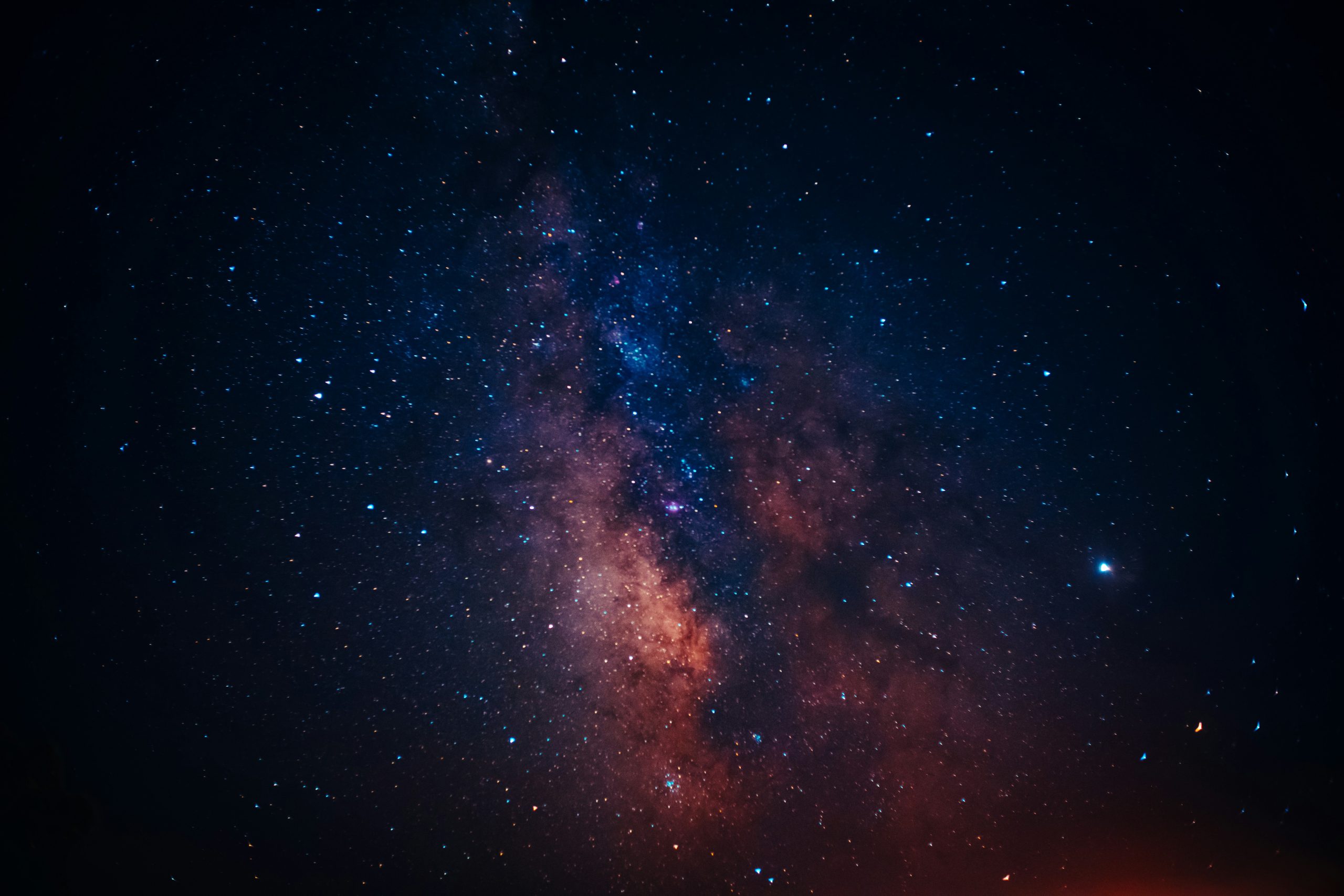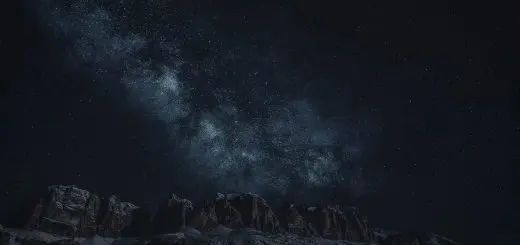What Really Happened to the Mayan Civilization?

Looking for more amazing products? Check out our online store and explore our collection here! Happy shopping!
Before diving in, please note: This post is for informational purposes only. If you’d like to know more about how we approach topics, feel free to check out our friendly Disclaimer Page.
Hey there, amazing readers! 
We’re committed to delivering quality posts, and your support (even just sticking around despite the ads) means everything to us. So, bear with us, and thanks for helping us keep the good vibes rolling. Now, on to the fun stuff!
TRANSLATE BUTTON AT THE END OF THE ARTICLE
A Quick Overview
The Mayan civilization, often shrouded in mystery and intrigue, captivates us with its rich history, remarkable achievements, and eventual decline.
You might have heard a thing or two about their astounding pyramids or complex calendar.
But what really happened to this once-thriving society?
Together, let’s embark on an enlightening journey through the ancient world of the Mayans, exploring their rise, accomplishments, daily life, and the factors that contributed to their enigmatic decline.
Introduction: The Enigmatic World of the Mayans
Have you ever found yourself wondering about the people behind those stunning ruins scattered across Central America?
The Mayans, with their advanced knowledge and vibrant culture, were so much more than just a backdrop for adventure movies.
Their civilization flourished for centuries, from around 2000 B.C. to the arrival of the Spanish in the 16th century.
Yet, the reasons for their decline remain a mystery that has puzzled historians for generations.
Imagine walking through the remnants of an ancient city filled with towering pyramids, intricate carvings, and bustling marketplaces.
This was the day-to-day life of the Mayans, who thrived in regions now known as Mexico, Guatemala, Belize, and Honduras.
As we delve deeper into their story, we’ll uncover their extraordinary achievements and the events that led to their transformation over time.
The Rise of the Mayan Civilization: A Brief Overview
The Mayan civilization began to take shape around 2000 B.C., but its most notable achievements emerged during the Classic Period, which spanned from A.D. 250 to 900.
This was a time of incredible growth, much like the blossoming of a flower in spring.
The Mayans established a series of powerful city-states, each boasting its own ruler, culture, and traditions.
During this period, the Mayans developed sophisticated agricultural techniques, utilizing slash-and-burn farming and terracing to maximize their output.
They cultivated crops like maize, beans, and squash—essential staples that formed the backbone of their diet.
Their agricultural success supported a growing population, which fueled the rise of impressive cities such as Tikal, Palenque, and Copán.
We often think of ancient civilizations as having rigid hierarchies, and the Mayans were no exception.
They had a clear social structure, with nobles, priests, and commoners all playing essential roles.
The ruling class oversaw city affairs and rituals, while farmers and laborers worked diligently to sustain their communities.
This interdependence was crucial for their development, much like the gears in a well-oiled machine.
Incredible Achievements: Mayan Art, Science, and Culture
The Mayans were not just brilliant builders; they were also exceptional artists, scientists, and thinkers.
Their art is celebrated for its beauty and intricacy.
Elaborate murals, pottery, and sculptures reveal stories of gods, rituals, and daily life.
I could spend hours admiring the vivid colors and intricate designs that breathe life into their history.
In addition to art, the Mayans excelled in mathematics and astronomy.
They developed a sophisticated numeral system that included the concept of zero—a groundbreaking achievement for their time!
By observing celestial movements, they created an accurate calendar system that rivaled modern-day accuracy.
Imagine a world where time was measured with such precision; it’s like they had a cosmic clock in their hands.
Mayan architecture also stands out with its magnificent pyramids and palaces, showcasing their engineering prowess.
The Pyramid of Kukulcán in Chichen Itza is perhaps the most famous example.
Standing tall and proud, it attracts visitors from all over the globe, each coming to marvel at its grandeur.
Daily Life in Ancient Maya: A Vibrant Existence
Life in the Mayan civilization was vibrant and full of activity, quite unlike the dusty, forgotten ruins we see today.
Families lived in small huts made of thatch and wood, with communal spaces for cooking and gathering.
The typical day began early, with men headed to the fields to tend crops while women managed the household and cared for children.
Markets were bustling centers of trade, where people exchanged goods ranging from food to textiles.
It was a social hub, much like a modern-day farmer’s market, filled with bartering, laughter, and chatter.
The Mayans also enjoyed recreational activities, such as ball games and festivities that brought communities together.
It’s heartwarming to think that, despite the challenges they faced, they knew how to celebrate life.
Religion played a significant role in their daily lives.
The Mayans believed in a pantheon of gods governing everything, from rain to maize harvests.
They conducted elaborate rituals, including ceremonies and sacrifices, to appease these deities.
Imagine the excitement and tension in the air during these events, each one a blend of hope and devotion.
The Role of Religion: Gods, Rituals, and Beliefs
Religion permeated every aspect of Mayan life.
Their pantheon included gods such as Itzamná, the creator god, and Chac, the rain god.
Each deity had its own significance, reflecting the Mayans’ deep connection to nature and the cosmos.
They viewed the universe as a living entity, where every action had a reaction.
Rituals were central to maintaining harmony between the spiritual and earthly realms.
The Mayans believed that their survival depended on the favor of the gods.
They held ceremonies that often included offerings and sacrifices, which might sound grim to us, but these acts were seen as necessary for the balance of life.
The sacred ball game, known as pok-a-tok, was also deeply religious.
It symbolized the struggle between life and death, reflecting their mythology.
Winning the game was believed to earn the favor of the gods, while losing could have dire consequences.
Can you imagine the tension and excitement as players battled it out, knowing so much was at stake?
Environmental Challenges: Nature’s Impact on the Maya
While the Mayan civilization achieved remarkable heights, it faced significant environmental challenges.
Deforestation was a serious concern, as they cleared vast areas of land for agriculture and construction.
This led to soil degradation, which hampered their agricultural productivity.
It’s a classic tale of progress meeting nature’s limits, much like our own struggles with sustainability today.
Climate change also played a role in the Mayans’ fate.
Evidence suggests that they experienced periods of severe drought.
These dry spells would have been devastating, as agriculture was their lifeblood.
Imagine the fear and uncertainty that hung over communities when the rains failed to come.
The interplay between these environmental factors significantly impacted their cities.
As food production dwindled, social tensions likely increased, leading to conflicts and societal unrest.
It’s haunting to think that the very land that once nurtured their civilization could become a source of despair.
Social Structure: Who Were the Mayans, Really?
To understand the Mayans, we must look beyond their monuments and achievements to their social structure.
The civilization was hierarchical, with a clear division between the elite and the common people.
At the top were the nobles and priests, who held power and influence.
They were the decision-makers, guiding political and religious life.
Below them were the artisans, merchants, and farmers, forming the backbone of society.
The commoners worked hard to sustain their families, crafting goods and cultivating crops.
Despite their lower status, they played a crucial role in the economy and culture.
Interestingly, Mayan women held a relatively high status compared to other ancient civilizations.
They participated in trade and could even own property.
This societal structure created a complex web of relationships that shaped their daily lives, making it clear that everyone had a role to play.
Trade and Economy: Connecting the Ancient World
The Mayans were master traders, connecting distant regions through an intricate network of commerce.
Their economy was diverse, based on agriculture, crafts, and trade.
They exchanged goods such as jade, cacao, textiles, and pottery, creating a vibrant marketplace of ideas and resources.
Trade routes extended across Mesoamerica, allowing them to cultivate relationships with other civilizations.
These exchanges enriched their culture and brought new ideas into their society.
Imagine the bustling markets where merchants bartered and shared tales from far-off lands!
Cacao, in particular, held great significance.
It wasn’t just a delicious treat; it was also used as currency!
The value placed on cacao demonstrates how interconnected their economy was.
The Mayans even prepared a frothy chocolate drink for the elite, showcasing their culinary sophistication.
The Mystery of Decline: What Happened to the Maya?
The decline of the Mayan civilization remains one of history’s great mysteries.
Many theories seek to explain the sudden drop in population and the abandonment of cities.
Some scholars point to a combination of environmental factors, including drought and deforestation, while others suggest social upheaval and warfare played a role.
As resources dwindled, competition for land and food likely intensified.
Conflicts may have arisen between city-states as they struggled to survive.
This rise in violence could have led to a breakdown of the societal structure, leaving communities vulnerable.
While the Classic Period saw the height of Mayan culture, the Postclassic Period was marked by decline.
Many city-states were abandoned, leaving behind crumbling ruins that still capture our imagination.
It’s heartbreaking to think of once-thriving communities falling silent.
Myths and Misconceptions: Debunking Common Beliefs
When we think of the Mayans, several myths often come to mind.
One common misconception is that they completely vanished; however, this isn’t true!
While many city-states were abandoned, the Maya people continued to exist, adapting and evolving through the years.
Another myth is that the Mayans were solely a primitive civilization.
In reality, they were incredibly sophisticated in many areas, including mathematics, astronomy, and art.
Their contributions laid the groundwork for future civilizations in the region.
Lastly, many believe that their decline was instantaneous.
The truth is much more nuanced.
It was a gradual process marked by complex factors—political, environmental, and social—that led to the transformation of their society.
Legacy of the Mayans: Influence on Modern Society
Despite the decline of their civilization, the legacy of the Mayans endures.
Their advancements in mathematics and astronomy still resonate in our world today.
The concept of zero and their intricate calendar systems laid the foundation for future scientific exploration.
Modern Maya communities continue to thrive, preserving their languages, traditions, and cultural practices.
They serve as a living testament to the resilience of their ancestors.
It’s inspiring to witness how they embrace their heritage while adapting to contemporary life.
The Mayans also remind us of the importance of living in harmony with nature.
Their story offers valuable lessons about sustainability and the consequences of environmental neglect.
As we face our own ecological challenges, we can learn a great deal from their experiences.
Conclusion: Celebrating the Mayan Heritage Today
The journey through the Mayan civilization is both fascinating and poignant.
From their remarkable rise to their gradual decline, their story is a testament to human creativity, resilience, and the complexities of life.
As we celebrate their legacy, let’s honor the achievements of the Mayans while reflecting on the lessons we can carry into our own lives.
So, the next time you gaze at the remnants of a Mayan pyramid, remember the vibrant culture and the people who once thrived there.
Their spirit continues to inspire us and reminds us of the interconnectedness of humanity and the environment.
Cheers to the Mayans and the rich heritage they left behind!

The Enlightenment Journey is a remarkable collection of writings authored by a distinguished group of experts in the fields of spirituality, new age, and esoteric knowledge.
This anthology features a diverse assembly of well-experienced authors who bring their profound insights and credible perspectives to the forefront.
Each contributor possesses a wealth of knowledge and wisdom, making them authorities in their respective domains.
Together, they offer readers a transformative journey into the realms of spiritual growth, self-discovery, and esoteric enlightenment.
The Enlightenment Journey is a testament to the collective expertise of these luminaries, providing readers with a rich tapestry of ideas and information to illuminate their spiritual path.
Our Diverse Expertise
While our primary focus is on spirituality and esotericism, we are equally passionate about exploring a wide range of other topics and niches 

To ensure we provide the most accurate and valuable insights, we collaborate with trusted experts in their respective domains 
Our blog originally focused on spirituality and metaphysics, but we’ve since expanded to cover a wide range of niches. Don’t worry—we continue to publish a lot of articles on spirituality! Frequently visit our blog to explore our diverse content and stay tuned for more insightful reads.
Hey there, amazing reader! 
Check out our store here and take a peek at some of our featured products below! Thanks for being awesome!










